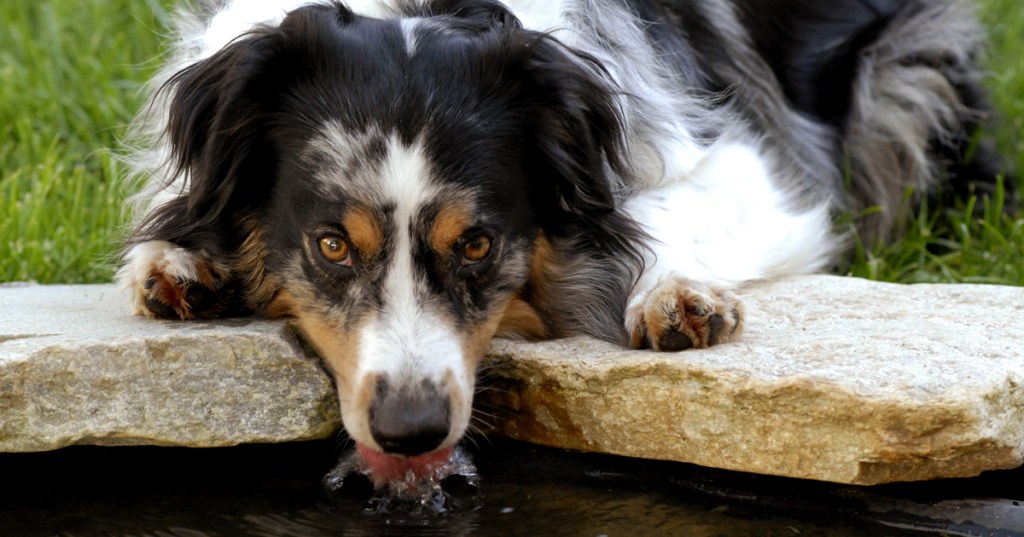Watching your dog drink from his bowl is endearing. We like hearing the sloshy sounds and don’t mind when water is lapped over the sides of the bowl and onto the floor.
Scientists at Virginia Tech and Purdue University were curious about how dogs drink water, and recently studied the drinking habits of a number of different dog breeds and sizes.
An assistant professor at Virginia Tech, Sunny Jung’s current study, sponsored by the National Science Foundation’s Physics of Living Systems program, reveals cats and dogs have incomplete cheeks, which allow them to open their mouths wide to deliver killing blows for hunting. However, those cheeks make suction drinking impossible.
Jung’s no stranger to animal drinking habits. According to Science Daily, he did a study on cat drinking habits three years ago.
Humans have complete cheeks, which allow us to suck water into our mouths. Cats, though, lack suction; they drink using a two-pronged process of water entry and exit where a cat gently places her tongue on the water’s surface and then quickly withdraws it to create a column of water underneath the her retracting tongue.
“When we started this project, we thought that dogs drink similarly to cats,” Jung says. “But it turns out that it’s different, because dogs smash their tongues on the water surface — they make lots of splashing — but a cat never does that.”
Using cameras to closely watch how a dog drinks, Jung found that the rapid motion of lapping up water, which he says is five times that of gravity, creates water columns, which allows the water to enter the dog’s mouth. His research also found that larger dogs, because of the size of their tongues, increase the amount of water they receive. The bigger the dog, also means more splashing.
Sources: Science Daily, Discover









